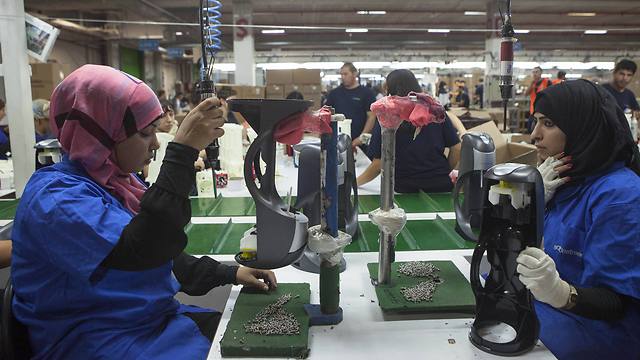The Ministerial Committee of the Arab Sector, headed by Prime Minister Benjamin Netanyahu, approved on Tuesday a 900-million shekel ($235 million) program for the Bedouin towns in the north through 2020 in an effort to further integrate Israel’s Bedouin population with the broader Israeli society.
“We are partners,” said Netanyahu. “There is no reason for an entire community that contributes to the state not to share in education, infrastructure, law enforcement, and personal security.”
“The Bedouin population in the north is serving in the army, paying taxes, and bearing the burden,” acknowledged Minister for Social Equality Gila Gamliel (Likud).
“The proposal that I submitted to the ministerial committee today is a move that is uniquely designed to help close the gaps between the Bedouin sector and Israeli society and to address the many issues where the quality of life of the population must be improved,” added Gamliel.
Netanyahu also acknowledged existing gaps between the Bedouin community and the rest of Israel, as well as a strong desire to see such gaps closed.

The Bedouin Reconnaissance Battalion (IDF Blog)
“I know that people are suffering and it should not have to be that way,” remarked Netanyahu. “In the 21st century, people need to live. I want to see young men and women to join society, the economy, education and everything else.”
The prime minister also emphasized a desire to see an increase in the number of Bedouins enlisting in the IDF, arguing that it will help their communities integrate more with the rest of Israeli society.
“The topic of military recruitment is important to me,” Netanyahu noted. “I would like to work together with you to boost military enlistment recruitment. It will advance you, and the north in general, and it will bring integration with society.”
The developmental program for Israel’s Bedouins in the north will provide a number of tools designed to help jump-start and advance both economic independence and the standard of living in the Bedouin communities. A significant portion of the program’s budget will be invested in education and welfare programs as well as in the development of physical infrastructure such as sewage, water, transportation, and housing.
By: Jonathan Benedek/TPS
